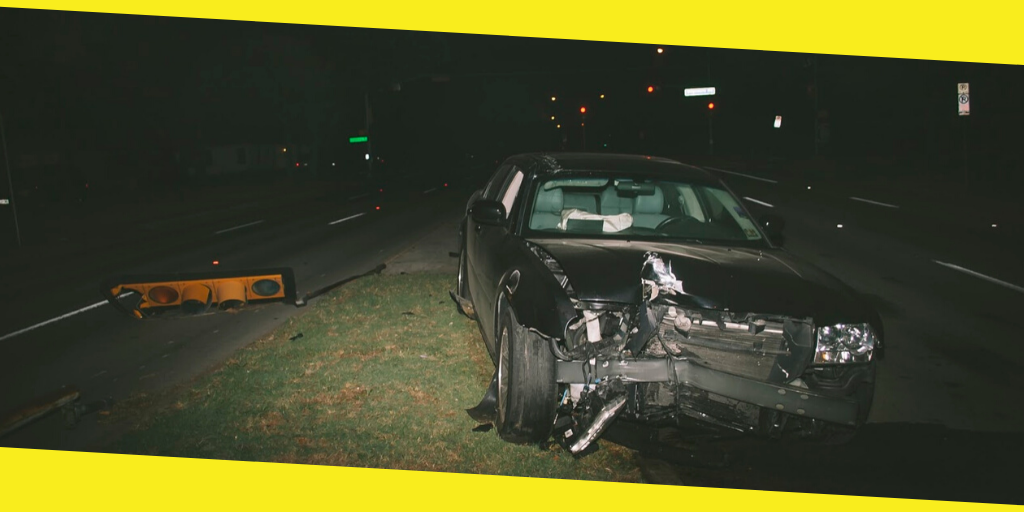What Happens If You Have an Accident in a No-Fault State?
This post was last updated on March 2nd, 2020

Usually when you’re involved in an accident, you and the other party exchange insurance information. If you agree upon who is at fault, that party, and their insurance company is the one that will be in charge of covering the costs of damages to your vehicle and injuries you may have sustained. If there is a dispute, then your respective insurance companies will have to commit time and money to determine who is at fault and responsible to cover the claims. This can be a long, grueling and messy process, taking up lots of resources for all involved, especially for drivers who might not want to dedicate the time that is required of them.
What is No Fault Insurance?
In other areas and states, there is such a thing as no-fault insurance policy in place to act as an alternative to traditional automobile insurance policies. Accidents in Honolulu, for example, fall under jurisdiction of a no-fault insurance policy. This policy differs from other insurances as it gives drivers an alternative method to process accident claims. In the event of an accident, both parties will file claims with their respective insurance companies, and they’ll cover the damages for their own vehicles and injuries. This is usually a much quicker method to settle accident claims for the drivers as you will not be involved in any lengthy, time and cost consuming legal battles. This frees up all parties to tend to repairs and medical needs sooner than later. If the costs of your medical bills surpass the sum of $5000, and you were not at fault for the accident, you may be eligible to pursue legal steps to put a claim in against the at-fault driver.
What If Someone is at Fault?
Just because you are involved in an accident in a no-fault state, does not mean there is no fault to be held responsible for, or that the fault is overlooked. After an accident, and after both parties have filed claims to recoup damages, those respective insurance companies will investigate the accident. They will determine who is at fault and how much responsibility is to be claimed. If you are found to be at fault, your insurance cost will be raised. Additionally, if you are at fault and the other party pursuing legal action, you will then most likely have to cover those claims and costs. Any incidents reported as caused by you will also go on your driving record.
What is the Benefit of No-Fault Insurance?
The reason some places, states, and provinces might have no-fault insurance is in place for their drivers is for the benefit of the drivers. As mentioned, in the event of an accident, when you put your claims in, the process is made much simpler and faster to deal with. This may differ from case to case, but for the most part, the steps are quicker. In addition, because insurance companies are not spending large amounts of time and money in court, customers see lower insurance costs at more affordable and reasonable prices. This increases the likelihood that drivers will have insurance in the first place.
What are the Cons of No-Fault Insurance?
With everything, there are positives and negatives to weigh out. You understand the positives that come with no-fault insurance, but are now wondering what the negatives might be. Because no-fault insurance has both parties involved in an accident report claims to their respective companies to pay for fees for damages and injuries, your insurance company may be paying for something that is not your fault. You may see increases in your fees after an accident, and this might not be the case with other insurance policies, since the party responsible will be held liable to pay off damages and the ones that are more likely to see increases in their rates. Some people do not like this approach as they see it as hurting good drivers, and benefiting bad drivers and their habits.
At the end of the day, no matter what insurance policy, you have, there are certain things you can take away. If you find yourself involved in an accident, along with the other party or parties involved, can determine whether or not you should involve your respective insurance companies. If you decide to, you then proceed to inform them of the accident. In a no-fault insurance state, your company will cover the costs, allowing you to settle up matters quickly. If you believe the other driver is at fault, or you admittedly are at fault here, you should communicate that with your insurance company and agent. Above all else, drive safely.
Recommended For You
5 Facts You Must Know About Divorce in Texas
Most Inside
Most Inside offers high-quality recommendations and valuable updates to enhance all aspects of your life, providing premium guidance and enriching experiences.




